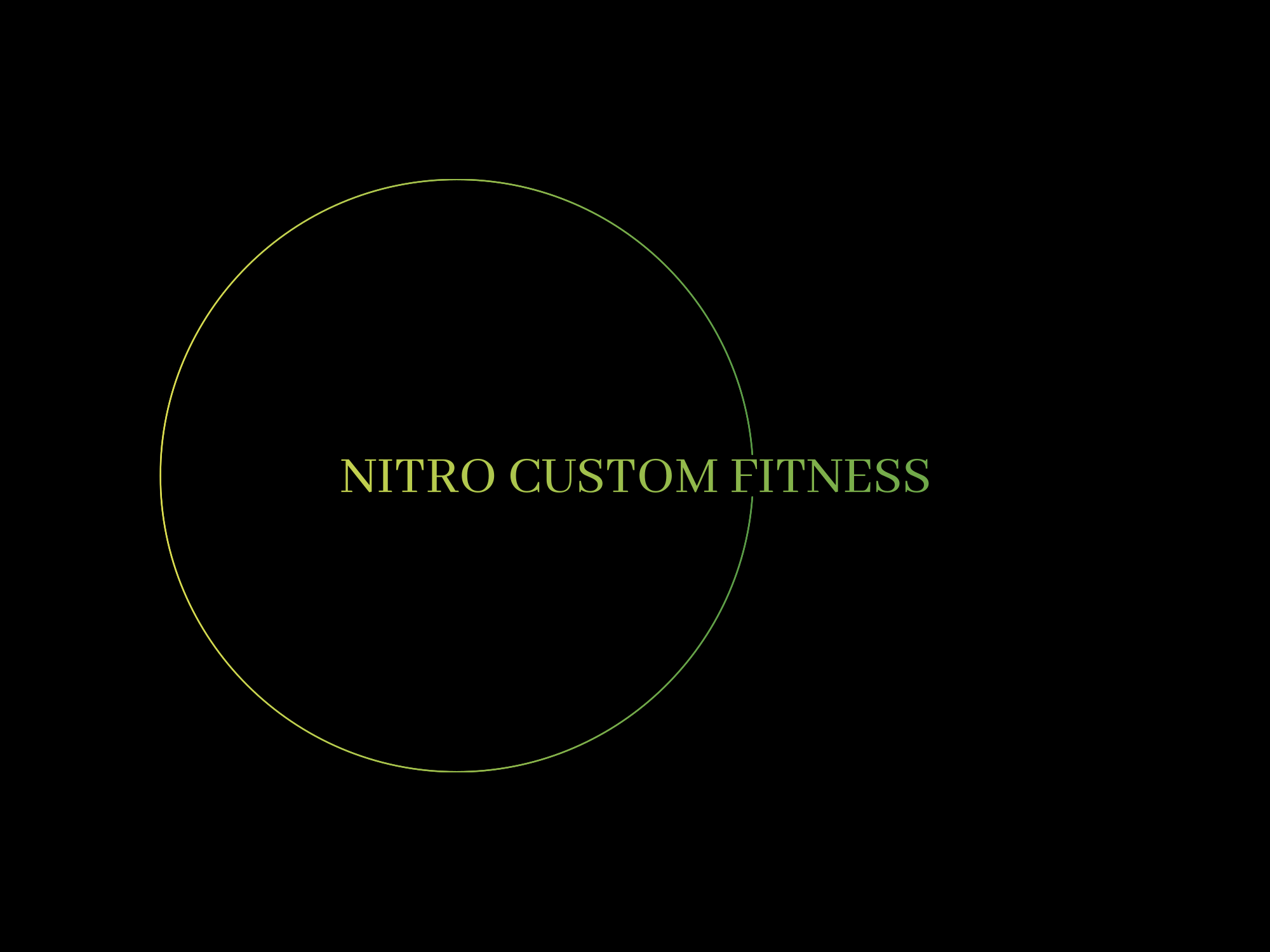When it comes to designing a successful commercial gym space, the layout and placement of fitness equipment can significantly impact both the functionality of the space and the overall experience of gym-goers. A well-organized gym not only enhances the flow of movement but also encourages users to maximize their workouts. Here’s how proper placement can make or break your gym space.
1. Maximizing Space Efficiency: In commercial gyms, space is often at a premium. Proper equipment placement ensures that every square foot is utilized effectively. Grouping similar types of equipment together – for example, cardio machines in one area and strength training equipment in another – helps create designated zones. This organization allows users to easily navigate the gym and find the equipment they need, minimizing congestion and wait times.
2. Enhancing User Experience: A well-thought-out layout can greatly enhance the member experience. When equipment is placed thoughtfully, it fosters a more enjoyable workout atmosphere. For instance, positioning machines with a view of television screens or windows can make workouts feel less monotonous. Additionally, ensuring that there’s enough space between machines can prevent feelings of claustrophobia and promote comfort, encouraging users to return.
3. Safety First: Safety should always be a top priority in any fitness environment. Proper equipment placement can help reduce the risk of accidents and injuries. Ensuring that there’s adequate space between machines allows users to move freely without the risk of bumping into others or the equipment itself. Furthermore, placing weights and benches in a manner that keeps them away from high-traffic areas can prevent mishaps.
4. Creating Zones for Different Activities: Consider creating specific zones for different types of workouts. For example, you might have a high-intensity interval training (HIIT) area, a dedicated free weights zone, and a space for stretching and mobility work. This zoning helps users identify where they can find the appropriate equipment for their workout style, while also facilitating group classes or personal training sessions.
5. Accommodating All Fitness Levels: A diverse clientele means that your gym must cater to various fitness levels. Proper placement of equipment can help achieve this by ensuring that beginner-friendly machines are easily accessible, while more advanced equipment is located in areas that encourage exploration and challenge. This layout can promote inclusivity, making it easier for everyone to feel comfortable and motivated to work out.
6. Incorporating Flow and Accessibility: The flow of a gym is essential for maintaining a positive environment. Entry and exit points should be clear, with equipment arranged in a manner that allows members to transition from one machine to another seamlessly. Additionally, accessibility for individuals with disabilities is crucial. Ensure that equipment is placed to accommodate all members, including those who may require assistance or adaptive equipment.
7. Regular Assessment and Flexibility: Once your gym is set up, it’s essential to regularly assess the layout and make adjustments as needed. Pay attention to user feedback and observe how people interact with the space. Trends in fitness can shift, so being flexible and willing to rearrange equipment based on usage patterns will help keep your gym relevant and engaging.
Conclusion: In conclusion, the proper placement of fitness equipment in a commercial gym space is not just about aesthetics; it’s a critical factor that can influence user satisfaction and retention. By maximizing space efficiency, enhancing user experience, prioritizing safety, creating dedicated zones, accommodating all fitness levels, and maintaining flexibility, gym owners and fitness space managers can create a vibrant, functional environment that keeps people coming back. Investing time and thought into the layout of your gym will ultimately pay off in the long run, fostering a community where fitness thrives.

